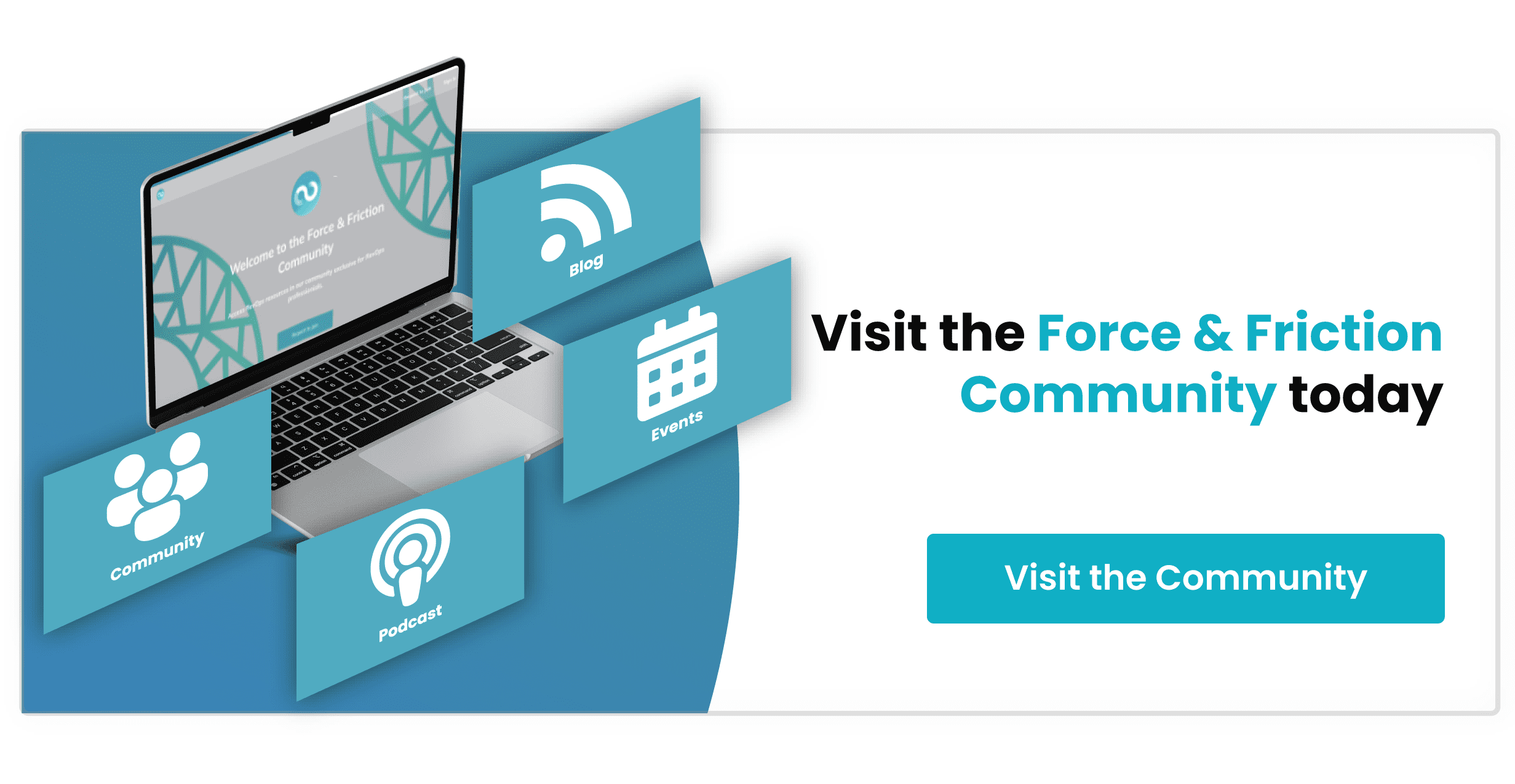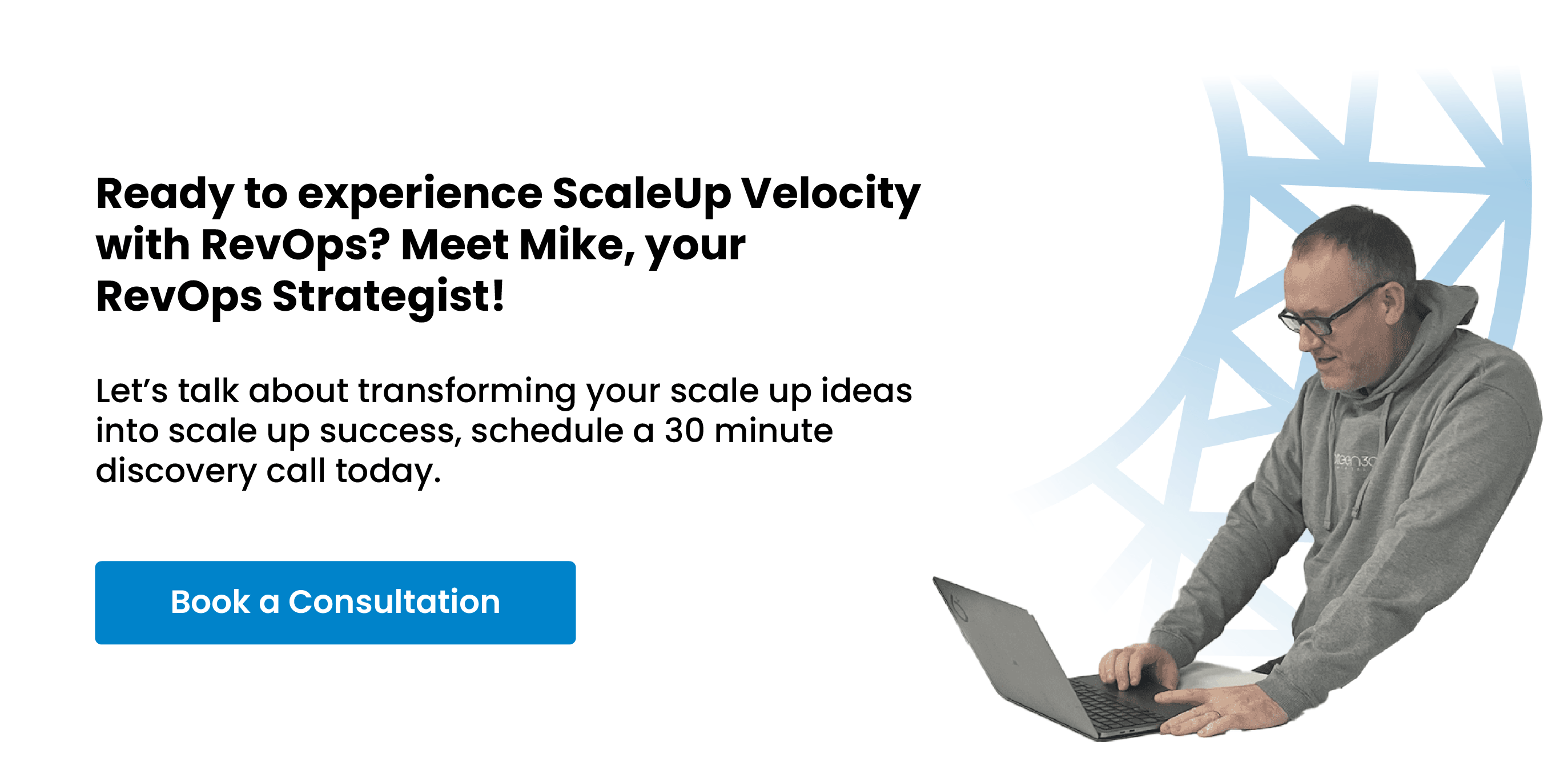
How to Supercharge Your Revenue Operations with Technology and Automation | #RevOpsLife
SaaS and service businesses face unique challenges when it comes to Revenue Operations.
With an ever-growing customer base and complex processes to manage, one of the biggest issues I see when working with the C Suite is they feel it can be difficult to keep up with customer demands and scale the business effectively.
However, the good news is that while there is never an EASY button, there is an EASIER button by leveraging technology and automation, as a SaaS or B2B service business you can streamline your operations and increase efficiency, enabling you to grow and scale with ease.
In today's digital age, your customers expect instant gratification and personalized experiences. By leveraging technology and automation, you can deliver on these expectations in a humanistic way while minimizing manual effort and errors.
Technology and automation can also help you gather and analyze data, enabling you to make better-informed decisions and drive revenue growth.
Overall, leveraging technology and automation is essential for SaaS and B2B service businesses looking to scale their revenue operations.
By taking advantage of the latest tools and innovations, you can ensure that you have a positive approach to streamlining your processes, reducing that tedious manual effort, and focusing on strategic initiatives that drive growth.
In the following sections, I explore some practical recommendations for leveraging technology and automation to improve your revenue operations.
1: Streamline Revenue Processes:
Technology and automation can help you streamline your revenue processes, making them more efficient and effective. For example, CRM software like Hubspot professional or Enterprise Suite can help you manage customer relationships, while its marketing automation platform can help you automate lead generation and nurturing. Practical examples include:
-
Identify the most time-consuming and manual tasks in your revenue processes and determine if they can be automated, many can be if you plan this thoroughly.
-
Use automation tools such as HubSpot, Zapier, IFTTT, or Microsoft Power Automate to connect different applications and automate workflows.
-
Implement a sales enablement platform inside HubSpot to streamline your sales processes and provide sales reps with the information and tools they need to close more deals, linked to one source of truth CRM.
Common Mistakes to Avoid:
Do not try and automate everything without considering how the technology impacts the customer experience or overall business objectives.
Best Practice Recommendations:
Identify the processes that are most in need of automation and ensure that they align with your business goals and customer needs.
2: Save Your Teams Time and Resources:
Automation can help you save time and resources by eliminating manual, time-consuming tasks. This can free up your team to focus on more strategic initiatives, such as improving customer experiences, driving growth, and identifying new revenue streams. Practical examples include:
-
Strategically planned chatbots can automate customer service and support, redirecting the right queries to the right teams - freeing up your team's time for more complex issues.
-
Use an online appointment scheduling tool to streamline scheduling and eliminate back-and-forth communication with clients or prospects.
-
Automate your email marketing campaigns with tools inside Hubspot to save time and reach more customers.
-
Build a knowledge base inside HubSpot service Hub and help your customer self-serve 24/7
Common Mistakes to Avoid:
Being too trustful (blind execution) and relying too heavily on automation and neglecting the importance of personalization in customer interactions.
Best Practice Recommendations:
Balance automation with personalization to ensure that customers receive a humanistic touch and that their unique needs are being met.
3: Increase Efficiency:
By using automation to eliminate bottlenecks and streamline processes, you can increase efficiency and reduce errors. This can help you improve the accuracy of your data and make more informed business decisions. Practical examples include:
-
Implement a Customer Data Platform (CDP) to centralize customer data and streamline customer data management.
-
Use a project management tool such as Click-Up, Asana or Trello to assign tasks and track progress in real-time.
-
Implement a Sales Performance Management (SPM) system to improve sales efficiency and productivity.
Common Mistakes to Avoid
Just focusing on short-term efficiency gains without considering the long-term impact on business operations and customer experience.
Best Practice Recommendations
I cannot stress the importance of taking a holistic view of efficiency and considering how technology and automation impact the entire business, from sales to marketing to customer service. After All, these are now one department after RevOps ends the Silos.

4: Enhance Data Analysis:
Data analytics tools can help you make sense of the vast amounts of data that your business generates. By using these tools to analyze data, you can identify trends and insights that can inform your decision-making and help you improve your revenue processes.
-
Use predictive analytics / lead scoring to identify which leads are most likely to convert to paying customers.
-
Implement a Business Intelligence (BI) tool such as Domo or Looker to analyze large datasets and create visualizations that help you understand your data better.
-
Use customer sentiment analysis tools to analyze customer feedback and understand how customers feel about your products or services.
Common Mistakes to Avoid
Obsessing and collecting data without a clear plan for how to analyze and use it to inform business decisions. We have all heard of paralysis by analysis.
Best Practice Recommendations
Ensure you define your data analysis objectives and ensure that you have the tools and resources to effectively collect, store, and analyze data. We use Hypothesis statements to measure four key attributes from
-
Expected Impact +
-
Effort Required +
-
Metrics Measured +
-
Definition Of Complete
5: Drive Innovation:
By leveraging technology and automation, you can drive innovation and explore new revenue streams. For example, you could use AI-powered chatbots to improve customer service or implement new marketing campaigns that target specific customer segments.
-
Use machine learning to personalize customer experiences and deliver customized recommendations.
-
Implement a Marketing Automation Platform (MAP) to streamline your marketing efforts and deliver more targeted messaging.
-
Use augmented reality or virtual reality to provide immersive experiences for your customers.
Common Mistakes to Avoid
Adopting new technology and automation tools without a clear understanding of how they will impact business operations or customer experience.
Best Practice Recommendations
Prioritize technology and automation that aligns with your business goals and customer needs and test new innovations before fully adopting them into your revenue operations. The tool should be matched to the business, as opposed to the tool being first and trying to compromise your business model to accommodate the tool.
By leveraging technology and automation, businesses can optimize their revenue operations and set themselves up for success.
However, it's important to keep in mind that technology alone is not a silver bullet, remember I mentioned the Easy vs Easier button earlier in this article.
In order to truly leverage technology and automation, businesses need to have a strong understanding of their processes and objectives, and should carefully consider which technologies and automation tools are best suited for their needs.
By being thoughtful and strategic, businesses can achieve significant improvements in their revenue operations through technology and automation.
Remember, It's important to stay agile and adaptable, as new technologies and innovations are constantly emerging. Stay informed and keep testing and iterating to stay ahead of the curve.
In conclusion, leveraging technology and automation is a key aspect of successful RevOps. By streamlining revenue processes, saving time and resources, increasing efficiency, enhancing data analysis, and driving innovation, you can position your business for success in today's fast-paced digital world.
#CustomerExperience #CRM #SaaS #DigitalTransformation #AI #DataAnalytics #BusinessIntelligence #SalesPerformance #Productivity #Efficiency





%20-%20Teal.png?width=500&height=130&name=Force%20%26%20Friction%20-%20Branding%20-%20Logo%20(White)%20-%20Teal.png)